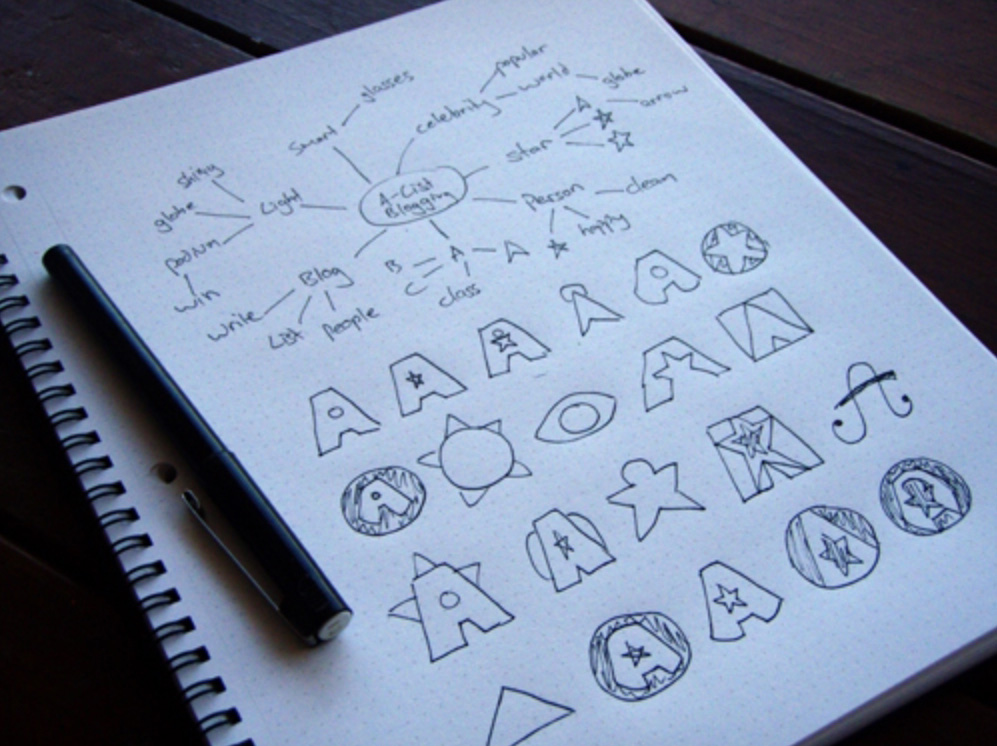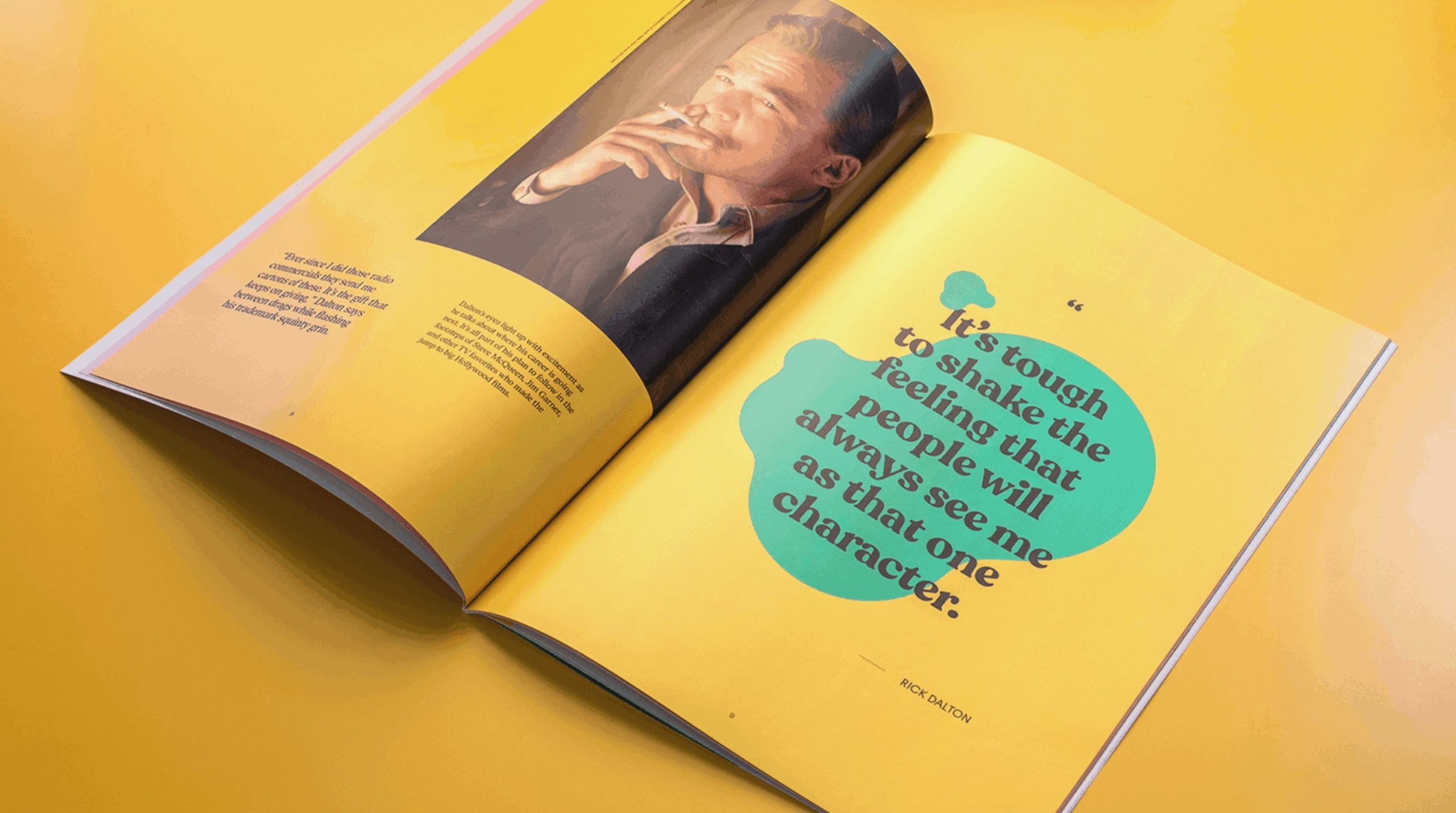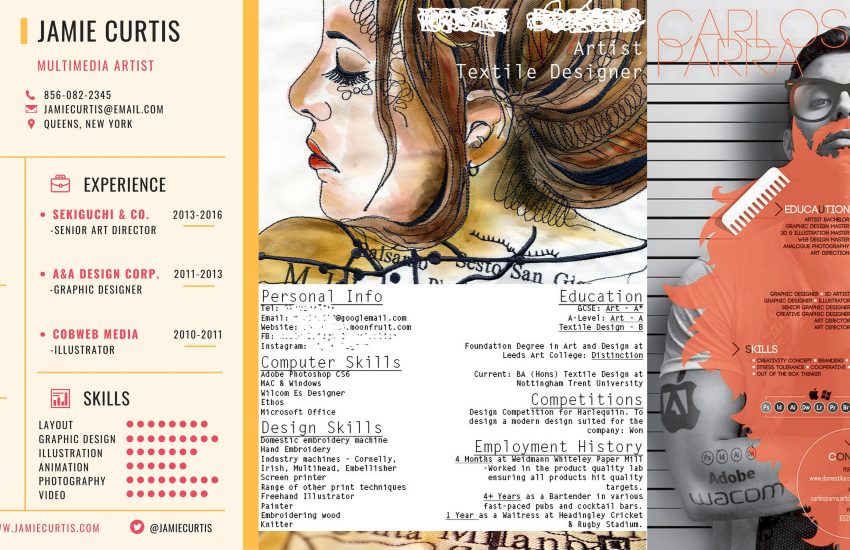Presenting a Case Study
Table of Contents
A Closer Look
An Art Case Study is a great way to let people go deeper into your work. To share your process and how you work with them.
We’ve tried to focus your portfolio with work in 3-or-so categories. That plus “About” and “Contact” pages make a clear and concise presentation of your work and how others can work with you.
A great way to go deeper is in presenting a Case Study. With a Case Study you take a project and break down your process from start to finish. You can feature elements like:
- What your Process is
- Challenges you’ve faced
- Early Discussions
- Research
- Concept Sketches
- Ongoing Feedback
- Revisions
- Finish Work
- How your work is used/exhibited by others
Whatever your career focus is, you can create a Case Study sharing how you work:
- Developing a new Series of Paintings
- Creating an Identity System
- Photographing a Wedding
- Designing a Character
- Producing a Book Cover Illustration
- Generating a User Interface
When you show finished pieces in your portfolio curators, clients, creative directors, art directors, art buyers, HR directors, and others can learn about your style. A Case Study goes a step further and shows them your process. How you work. How you think. What their experience working with you might be like.

Choosing a Case Study Project
You can create a Case Study for:
- a project you’ve already completed
- a project you’re just starting
- a project for a client
- a personal project
The idea is to show how you work and how you make choices. Case Studies can pull back the curtain and let people get to know you as an artist.
Tell Your Story
Your Portfolio Category pages should have intro text for each page and at least a short caption of what you were trying to accomplish for each work presented. It’s already a mini case study. But now let’s go deeper. Try to show in photos, videos, sketches, concepts, wireframes, rapid prototypes, and whatever media fits how you developed your project.
You may or may not want to write a lot about the project. But, at minimum, try to explain your process. How you progressed through the projects. Describe the research you did and say a little about the choices you made.
For Gallery Art you can talk about what you wanted to accomplish with this project and how your process proceeded.
For Commercial Art you can talk about what your client’s goals were and the process you used and choices you made to best accomplish their communication goals.
More help with writing about your work:

Sample Case Studies
Don’t be intimidated! Some of these examples are elaborate! A great, ambitious case study of your work would be fantastic. But don’t be afraid to do a more modest Case Study. It’s still a good opportunity to let interested people into your work.
- DogStudio’s website design for the Museum of Science & Industry/Chicago
- Jacob Cass on designing a logo for A-List Blogging
- The Happy Museum’s project for The Story Museum
- Watson LA’s Web, Print & Social design for the film Once Upon a Time in… Hollywood

Post your Case Study on your Website & Canvas
You can create your Case Study as a new page on your website. Add all the Text, Images, Videos, and Links that are appropriate.
Add a Menu Item for your Case Study page:
VICKY MEURENT
performance art
HOME – PERFORMANCE – PUBLIC ART – SITE SPECIFIC – CASE STUDY – ABOUT – CONTACT
When your Case Study is done, you can add a link to it on Canvas.



